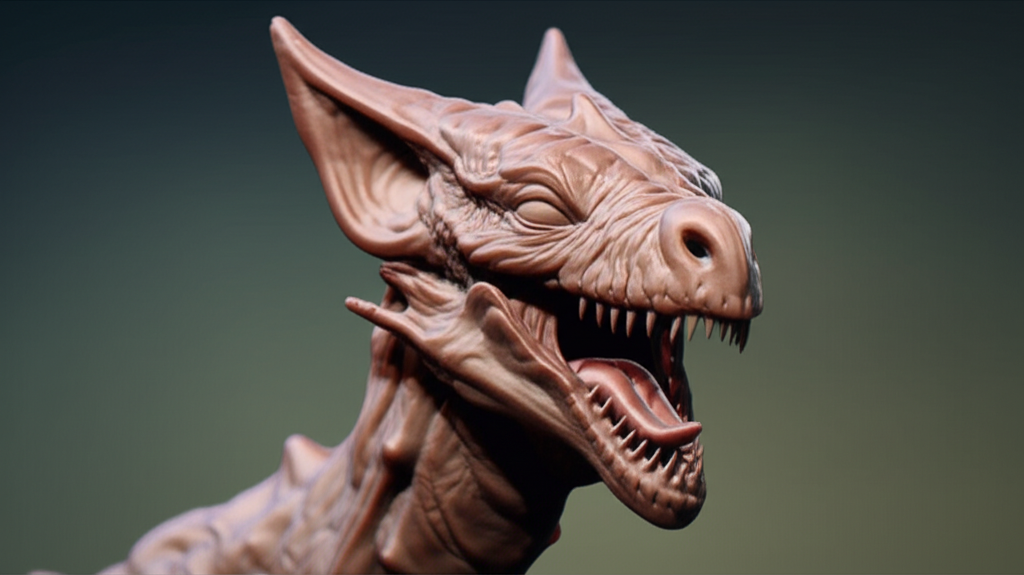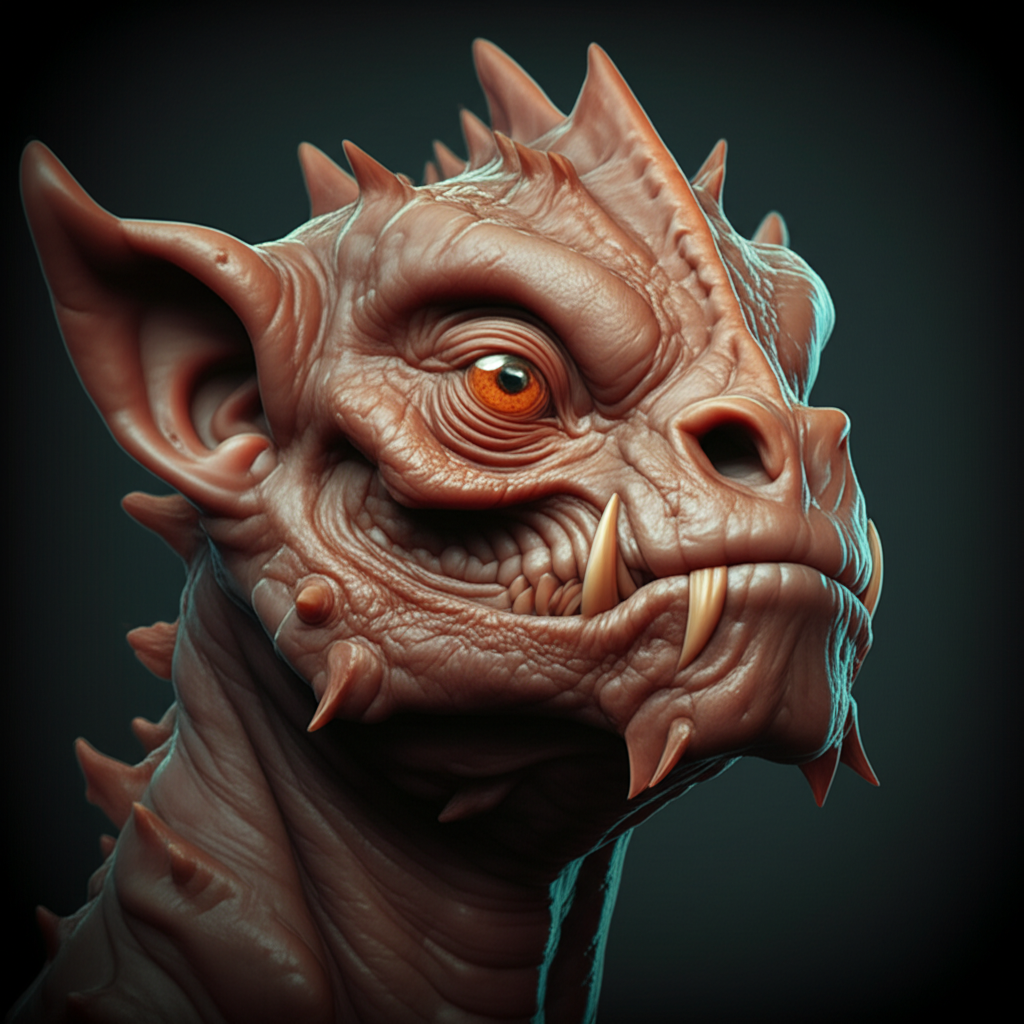ZBrush: Mastering Digital Sculpting
ZBrush stands as a titan in the world of 3D sculpting software, renowned for its unparalleled power and intuitive interface. It’s a tool used by professional artists, game developers, and digital sculptors worldwide to create breathtakingly realistic and fantastical characters, creatures, and environments. From subtle wrinkles on a human face to the intricate scales of a mythical dragon, ZBrush’s capabilities are virtually limitless. This article delves into the core features, advantages, and applications of this industry-leading software.
Understanding the ZBrush Workflow
The software’s power lies not only in its features, but also in its unique workflow. Unlike some 3D modeling programs, ZBrush emphasizes a direct manipulation approach. This means you’re directly sculpting the model using virtual brushes, much like a traditional sculptor working with clay. This tactile approach allows for a more organic and intuitive sculpting experience, fostering creativity and allowing for faster iterations throughout the design process. This intuitive workflow is enhanced by the program’s incredibly responsive brush system. ZBrush’s brushes aren’t just simple tools; they are highly customizable and nuanced, offering extensive control over shape, intensity, and detail.
The Power of ZBrush Brushes
Mastering ZBrush Brushes: The Heart of Digital Sculpting
ZBrush’s extensive library of brushes, coupled with its robust customization options, forms the backbone of its sculpting prowess. Each brush offers a unique set of properties, from the standard clay build-up tools to more specialized brushes designed for intricate details like hair, fur, and clothing. Understanding the nuances of each brush—its size, strength, falloff, and other customizable parameters—is crucial for achieving the desired results. Experimentation is key, as discovering new brush combinations and techniques often leads to unexpected and exciting artistic breakthroughs. Beyond the pre-set brushes, ZBrush allows you to build your own from scratch, further expanding the possibilities. This level of personalization ensures that the software adapts perfectly to your individual artistic style and workflow. From achieving subtle surface variations to creating highly detailed textures, the right brush and its masterful application can entirely transform a digital sculpture.
Beyond Sculpting: Advanced Features
While sculpting forms the core functionality of ZBrush, the program offers far more than just virtual clay. Powerful texturing capabilities allow for the creation of intricate surface details, while its retopology tools streamline the conversion of high-resolution sculpts into game-ready models. This is crucial for incorporating the detailed ZBrush models into game engines, which often require optimized polygon counts for smooth performance. Furthermore, ZBrush integrates seamlessly with other 3D software packages, allowing for a smooth workflow regardless of your preferred pipeline. This interoperability ensures that artists and designers aren’t limited to a single platform.
Applications Across Industries
The versatility of ZBrush makes it a sought-after tool across various creative industries. In the gaming industry, it’s used extensively for character creation, environment modeling, and prop design. Film and animation studios leverage its capabilities to produce highly realistic and expressive characters for both live-action and CGI projects. Beyond these, it finds use in medical visualization, product design, and even jewelry creation – showcasing its unmatched adaptability.
Learning ZBrush: Tips for Beginners
For newcomers, the sheer scope of ZBrush can seem daunting. However, the learning curve is far less steep than you might initially assume. Numerous tutorials, online resources, and training courses are readily available, guiding aspiring digital sculptors through the fundamentals. Starting with simpler projects, focusing on mastering basic brushes and techniques, and gradually tackling more complex models is a highly recommended approach. Don’t be afraid to experiment; the software’s intuitive design encourages exploration and fosters creativity.
Conclusion
ZBrush stands as a powerful testament to the evolving landscape of 3D digital art. Its combination of intuitive workflow, powerful tools, and near endless customization options establishes it as the ultimate sculpting software in the industry. Whether you’re a seasoned professional or a budding artist, ZBrush’s versatility and potential will likely captivate you.
Download our brushes on ArtStation! https://i.com

